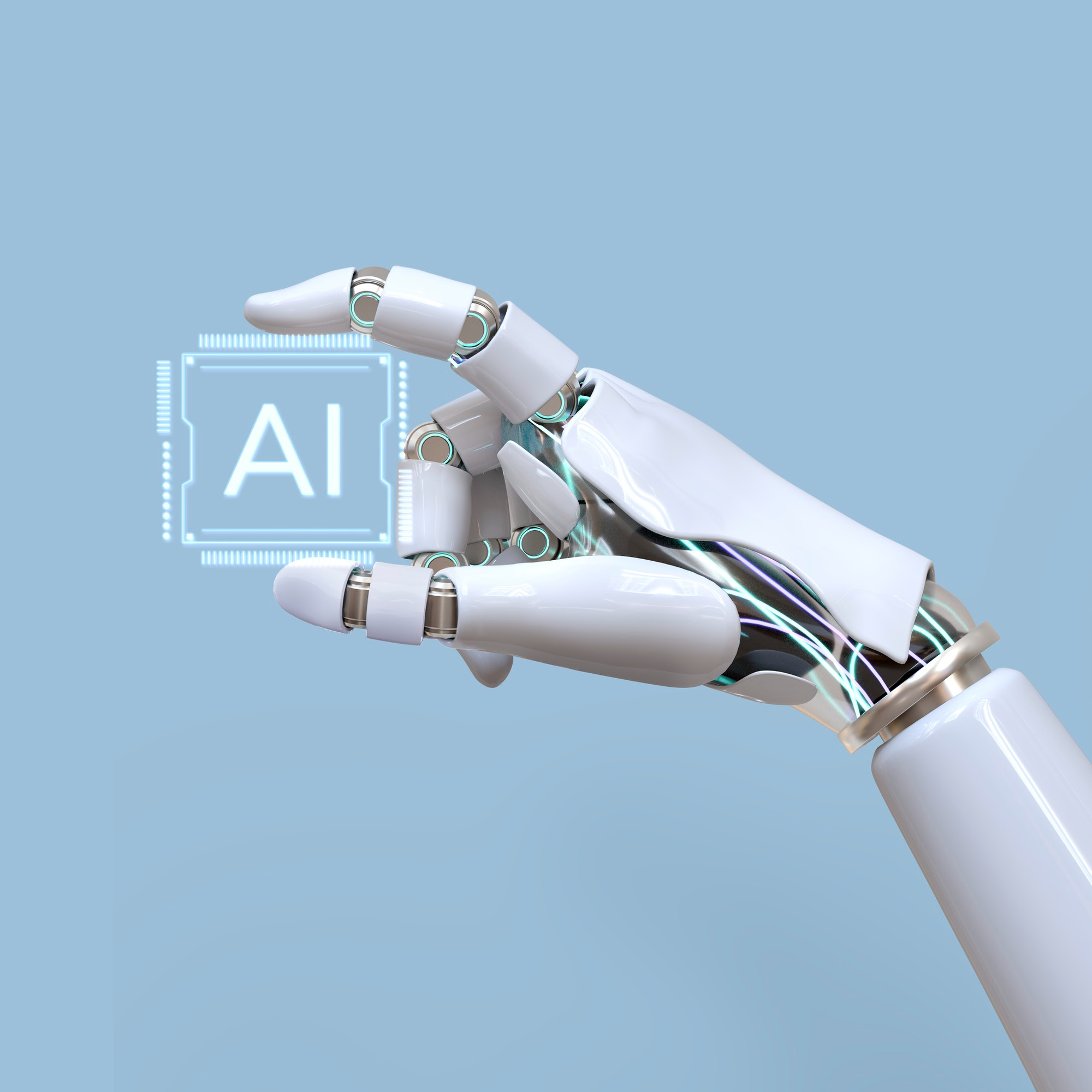
- Moomal
- May 30, 2025
- No Comments
The blend of creativity and machine intelligence is redefining the art of design.
Graphic design has long been a field driven by creativity, skill, and human expression. But today, Artificial Intelligence (AI) is rapidly transforming how designs are created, customized, and delivered. From automating repetitive tasks to generating entirely new visuals from text prompts, AI is reshaping the future of graphic design—and it’s only getting started.
In this blog, we’ll explore how AI is influencing the design world and what it means for designers, businesses, and everyday users.
What is AI in Graphic Design?
AI in graphic design refers to the use of machine learning algorithms and automation tools to assist or perform design tasks. These tools can analyze patterns, generate layouts, suggest color palettes, create images, and even design complete templates based on simple inputs.
Whether it’s generating images from text (like DALL·E or MidJourney), or automatically removing backgrounds (like Canva Magic Eraser), AI is becoming a powerful assistant in the designer’s toolkit.
Ways AI is Transforming Graphic Design
1. Faster Workflow and Productivity
AI speeds up repetitive design tasks like:
Resizing images for different platforms
Removing or replacing backgrounds
Creating layout suggestions
Auto-generating social media posts
Tools like Adobe Firefly and Canva’s Magic Studio can complete what once took hours in just seconds—freeing designers to focus on creativity.
2. AI Image Generation
Using tools like DALL·E, MidJourney, and Leonardo.Ai, users can create completely unique graphics by simply typing a text prompt. This technology allows:
Concept artists to explore ideas quickly
Content creators to generate blog illustrations
Businesses to develop visuals without stock photos
This is particularly useful for startups and small brands with limited budgets for traditional design work.
3. Design Suggestions & Layout Automation
AI doesn’t just create images—it makes smart design decisions. Tools like Microsoft Designer and VistaCreate suggest fonts, colors, and compositions based on the theme or content you input.
This empowers even non-designers to create attractive, balanced designs without professional experience.
4. Personalization at Scale
AI allows companies to create personalized design content for different customers or audiences. For example:
Email campaigns with dynamic visuals
Product ads auto-customized per location or preference
Website banners that change based on user behavior
AI makes it possible to scale personalized design in ways manual designers never could.
5. Bridging the Gap Between Design and Coding
AI tools like Uizard and Framer AI can turn sketches or written descriptions into working UI/UX prototypes. This bridges the gap between developers and designers by automating frontend layout creation—especially useful in app and web design.
Will AI Replace Human Designers?
No—but it will redefine their role.
AI is powerful, but it lacks emotional intelligence, brand understanding, and creative vision that only humans can provide. Instead of replacing designers, AI will:
Act as a creative assistant
Eliminate tedious tasks
Open design opportunities for non-designers
Help designers focus on strategy, storytelling, and innovation
The future belongs to designers who learn to collaborate with AI, not compete with it.
What’s Next?
Looking ahead, we can expect:
Smarter design tools with deeper brand learning
Voice-based design assistants
Real-time feedback from AI critics
Augmented reality + AI design merging
AI will continue to evolve, making design more accessible, data-driven, and dynamic.
Final Thoughts
AI is not here to take away creativity—it’s here to amplify it. By embracing AI tools, designers can work smarter, create faster, and push the boundaries of what’s possible. The key is to adapt, learn, and use AI as a creative ally.
Whether you’re a professional designer, a content creator, or a business owner, the time to explore AI-powered design is now.